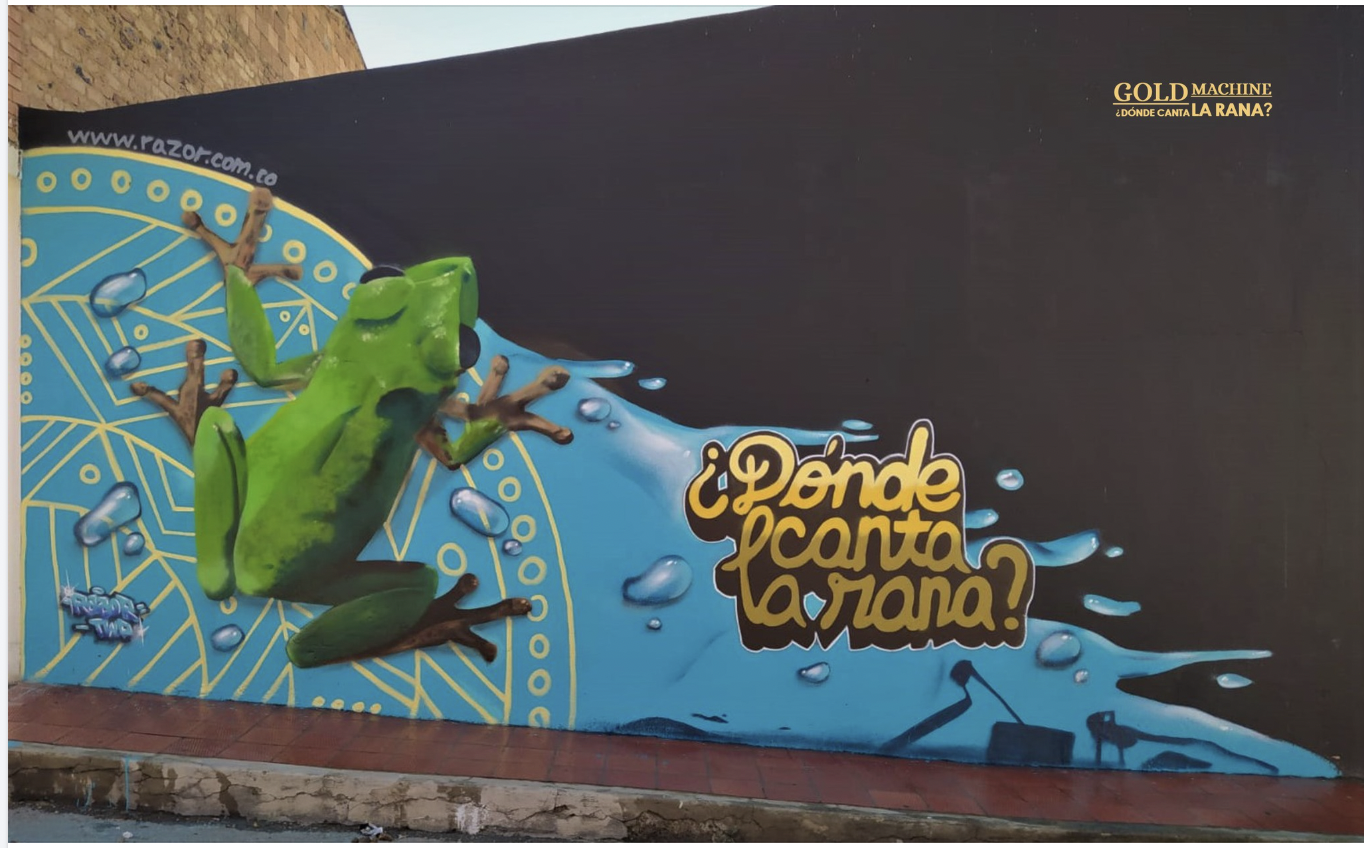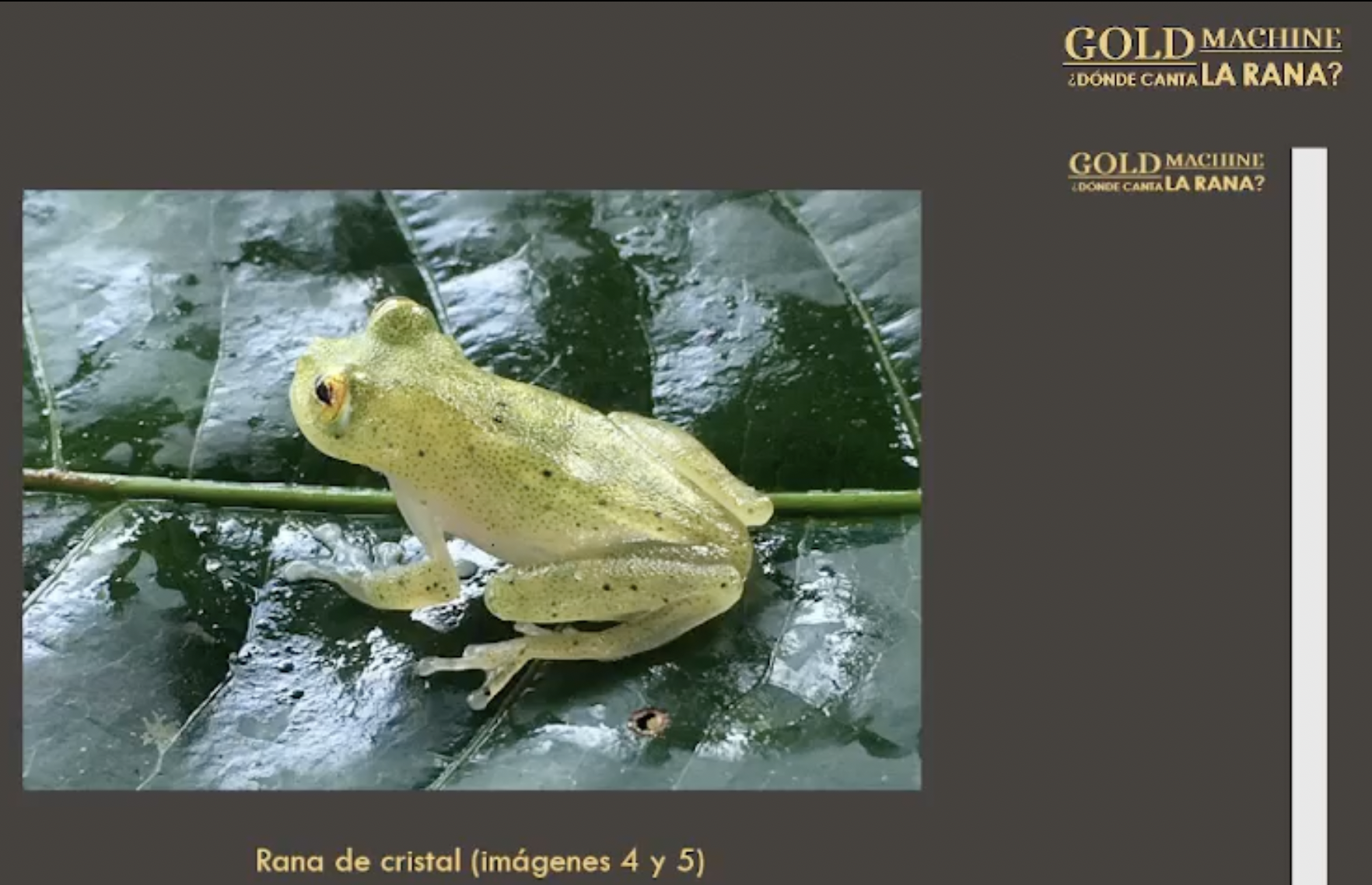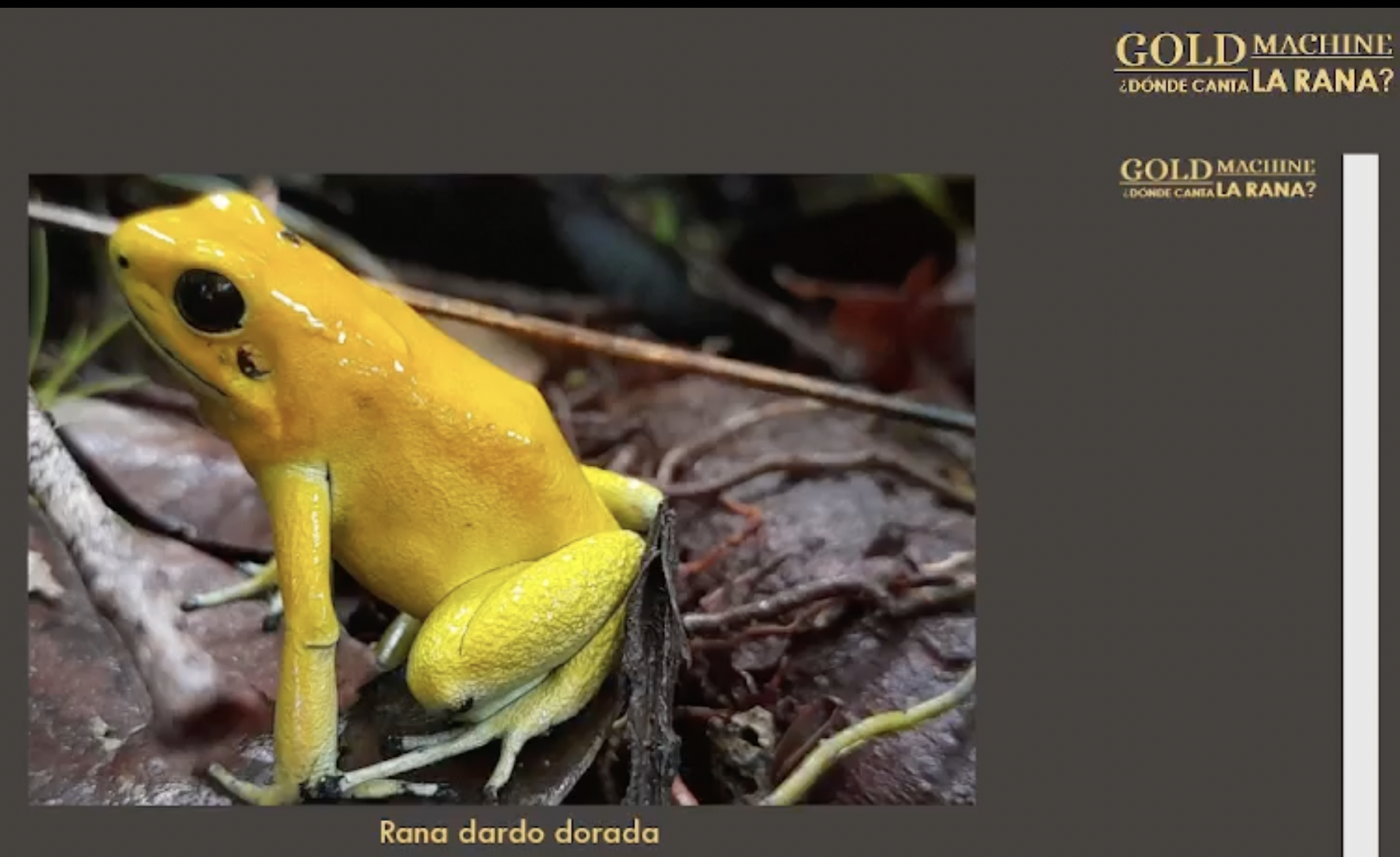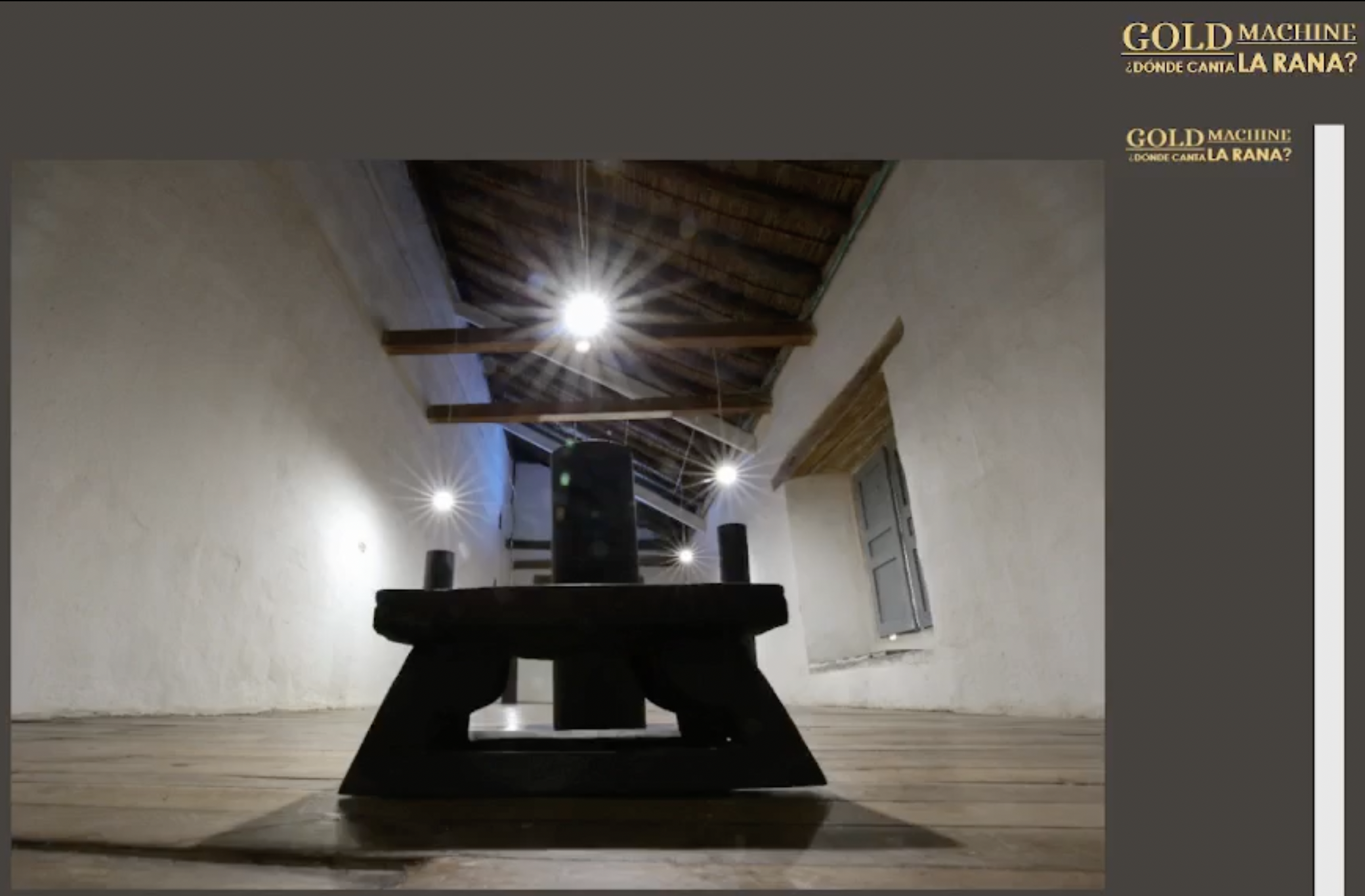“The Politics of Cultural Diplomacy: Colombian and Brazil Artistic Dialogues during the Cold War,” (October 2018) Lemman Institute for Brazilian Studies University of Illinois Urbana-Champaign Lemman Institute for Brazilian Fellowships Graduate Students Symposium.
The present research examines collective art practices in Brazilian art that incorporated the graphic language of prints during the 1960s and 1970s, and explores the ethical and political projects that artists pursued through it. More specifically, the time frame embraces a period of dictatorial regime that began with the foundation of the Museum of Modern Art in Rio de Janeiro in 1959-1969 MAM/RJ (Edith Behring), and terminated with the end (extinction) of the AI-5 in December 31 1978. These two events were crucial, as collective art practices was integral to the history of the left (conceptualization of the print language) in these days. The groups and artworks at the core of this analysis were closely associated with those strands of the far left (“contra-arte” Frederico Morais) that led artists and activists generally born in the 1940s and early 1950s from the rejection of (traditional forms of art production associated with modernism) to the events of 1968…
What follows is a partly written story. As a result, a narrative and descriptive approach is not entirely avoidable, but the analysis with not consider groups separately, emphasizing instead networks and the circulation of ideas in others parts of South America including Chile and Colombia. This motivates, for instance, the inclusion of the Escena de Avanzada as reference, within this discussion. The Escena de Avanzada was a form of neo-avant-garde that highly considered a conceptual approach to the graphic language and the idea of art collectives in Chile, yet it instigated a challenge to graphic art notions of the authors and the individuality. In addition to an examination of networks this study will highlight the subtext of collective authorship, situating them within the broader context of the Brazilian dictatorship, as well as within the local specificities of cities and regions. The approach can be defined as cultural history of art. The notion of “contra-arte” as it is understood by Frederico Morais largely developed out of Brazilian artists research for an ethically significant cultural production during the dictatorship when “culture” acquired a wider meaning and unparalleled political importance.
The socio-political and cultural context had a strong impact on artistic production of the period, which would still be deeply marked by the transformations, at global scale, which characterized contemporaneity. This brought new paradigms that defied the concepts previously established for art, promoting a rupture that abandoned the most rigid definitions of work, artist, public, institutions and criticism. Such effervescence gave rise to innovative movements, enabling the emergence of a new avant-garde in the artistic field.
Although diverse and seemingly difficult to reconcile, the critical approach to graphic expanded categories and “conceptualism” of MAM printshop and Club Gravura shared an artistic and political agenda that the notion of collective practices helps bring to light. Collective practice is understood here as a working method, a way of acting and thinking, that has informed a variety of art trends (in Latin America). A collective art practice can be defined as a small, anti-hierarchical group of artists who tend to exhibit only as a group for an extended period of time, who make collaborative pieces and who view their works as belonging to the group (or at least seriously consider the idea of collective authorship)
The Lemman Institute for Brazilian Fellowship, 2021-2020 was instrumental in completing my Ph.D dissertation manuscript. The title of my fellowship for the presentation in the Graduate Symposium was “Conceptualism and Print Media: Brazilian art contribution to a local artistic identity in Latin America,” (October 2021) Lemman Institute for Brazilian Studies University of Illinois Urbana-Champaign.












